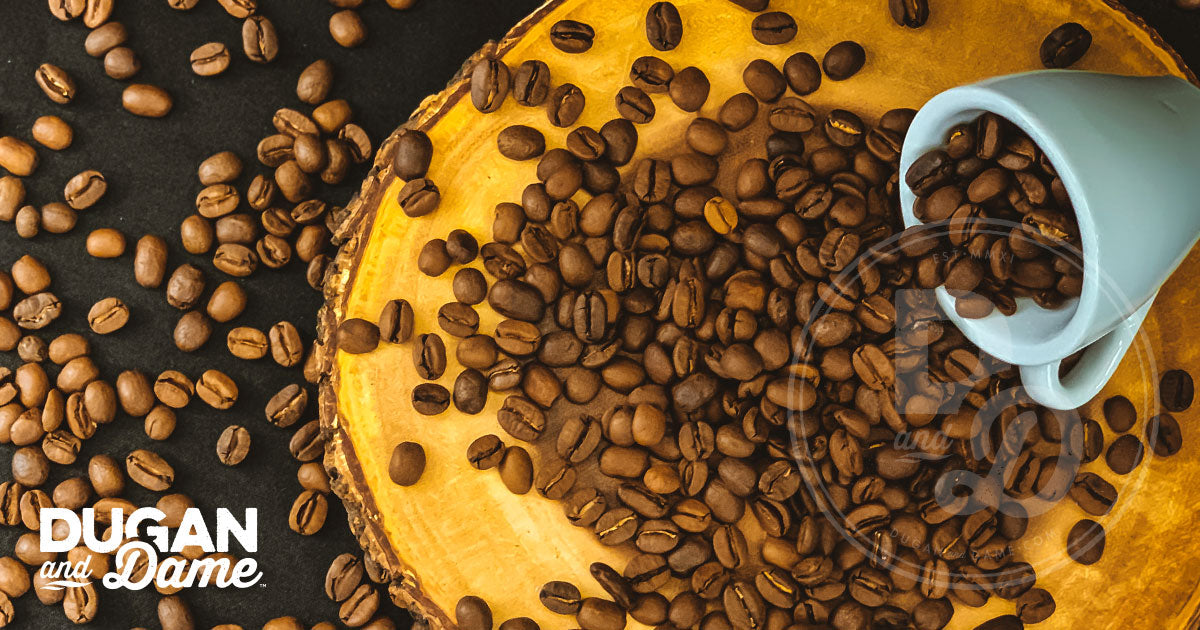
Once a principle trading commodity of the world… SALT has often become overlooked in modern society in its historical role as something so incredibly valuable. Once upon a time, roads traversed many miles to lead to salt depositories. Led by animals, followed by humans, needed for health, traded for wealth. In the 6th century, salt was even traded for gold.
FOLKLORE & HISTORY
Critical for health and used as a food preservative, salt is considered the founding contributor to the development of civilization. Due to its ability to lengthen the lifespan of food, it eliminated the dependence on seasonal availability of food. It also allowed for food to the transported over large distances. Animals would lead paths to rich salt areas in which humans would follow. Quickly salt became a precious commodity that was used for trading, determined wealth and started wars.
In as early as 6000 B.C. salt wars were fought in the Shangxi province of China for its salt lake, Yuncheng. During the dry seasons the water evaporated and flats of salt were exposed.
Salt taxes influenced government and for centuries the French people were forced to purchase all of their salt from royal depots. During the reign of Louis XVI the salt tax was so high that it stirred the people and eventually lead to ignite the French Revolution.
British towns clustered around salt springs. In fact the “wich” suffix in English place names like Middlewich and Norwich is associated with areas where salt working was a common practice.
During the 18th century, even placement at a banquet table would tell the importance of the individuals dining. The host and distinguished guests sat at the head of the table above the elaborate silver saltcellars on the table. The individuals who sat below the salt and furthest from the host were considered of little consequence.
During the Civil War salt was used for tanning leather, dyeing clothes and preserving troop rations. President Jefferson Davis even offered a military service waiver to anyone willing to work on salt production on the coast. The ocean was the only reliable source of salt for the South since inland production facilities were so valued they became early targets of Union attacks.
The Roman word for salt crystals (sal) is a first cousin to Salus, the goddess of health. More than a flavoring agent and to preserve food, salt was used as an antiseptic. Mummies were even preserved in salt.
During the middle ages, salt slid towards superstition. The spilling of salt is considered ominous, doom. After spilling salt, the spiller had to cast a pinch of it over his left shoulder because the left side was thought to be sinister, a pace where evil spirits tended to congregate.
Even some of our sayings around salt shows its importance.
- “Was not worth his salt” – a phrase that came into being because the Greeks and Romans often bought slaves with salt.
- “With all thine offerings thouh shalt offer salt” – Leviticus 2:13 Because of its use as a preservative, salt became a token of permanence to the Jews of the Old Testament. Its use in Hebrew sacrifices as a meat purifier came to signify the eternal covenant between God and Israel.
MEDICINAL USES
The spice of life – more than flavor for food, salt is a necessity to life. It’s a critical nutrient we just can’t live without. Literally – we’d die without it. Sodium ions are responsible for a number of tasks within the body.
- Maintain the fluid in blood cells – helps the body to stay hydrated
- Helps the small intestines absorb nutrients
- Stimulates Hydrochloric acid in the stomach in order to break down foods and fight pathogenic bacteria
Only too recently salt has been under fire; seen as a culprit that contributed to high blood pressure and the risk of stroke and heart attack. Fortunately, recent studies have indicated that too low of salt intake could actually have adverse effects for heart patients and that the previous concerns about high-salt consumption and blood pressure may well be baseless. In 2011, two Cochrane reviews found no evidence that low sodium diets improved peoples’ health.
HOW WE USE SALT
A pinch of salt can bring flavor to life; and that’s just how we add it to our tonics. Ok, well maybe more than a pinch but enough to further highlight and deepen the variety of botanicals and citrus that already liven up our tonic syrups. We use Sea Salt in each of our tonics and Himalayan Pink Salt as a straightforward spice and mixed with all of our other seasoning blends. More than a staple of life – it’s a staple for our products as well.



